WESTERN APPARELS
Manufactures, Exporters Importers of Fashion Garments & Textile made-ups

About Us
Western Apparel was established in 1992 The company started its operations by trading in cotton fabric.



The acknowledgment and recognition earned in the market encouraged the company to take up manufacturing of cotton fabric, tents and tarpaulin. The ever-changing and dynamic fashion industry further encouraged the sponsors to venture into the manufacturing .
To be the textile manufacturer of first choice for customers at home and abroad, doggedly pursuing for sustained leadership in the markets where it competes and making its valuable contribution in the country’s exports.
Hoodies
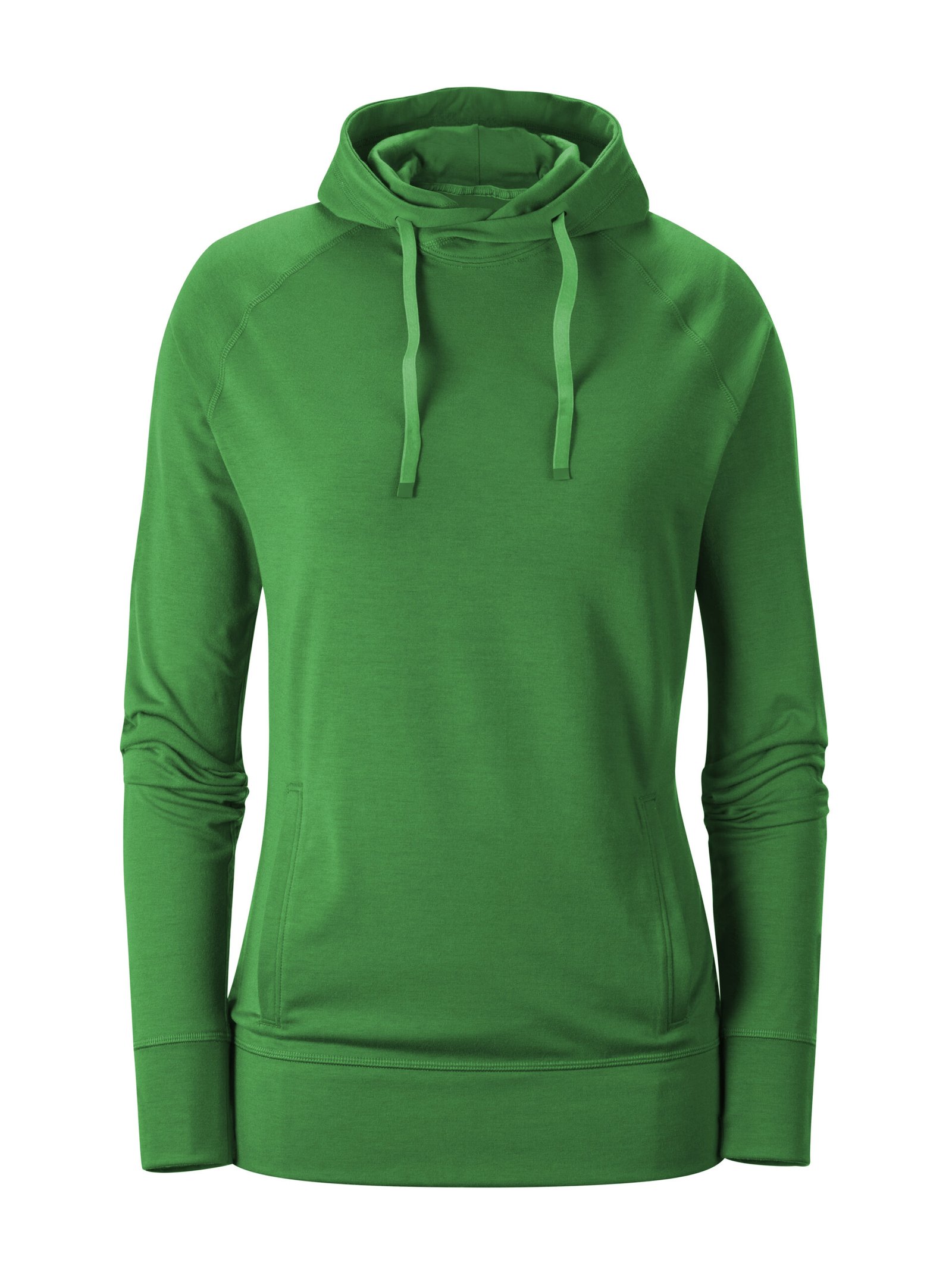
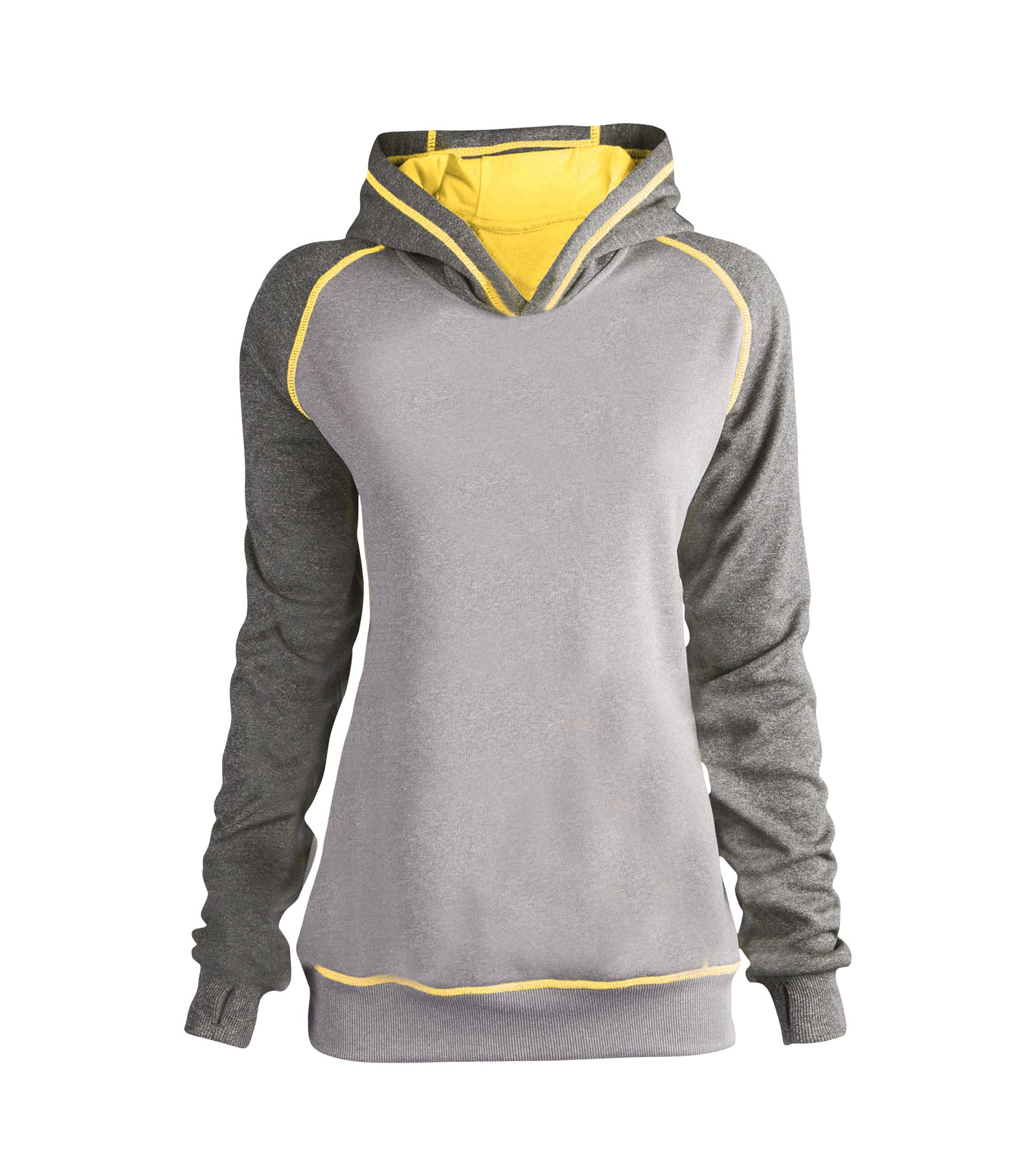
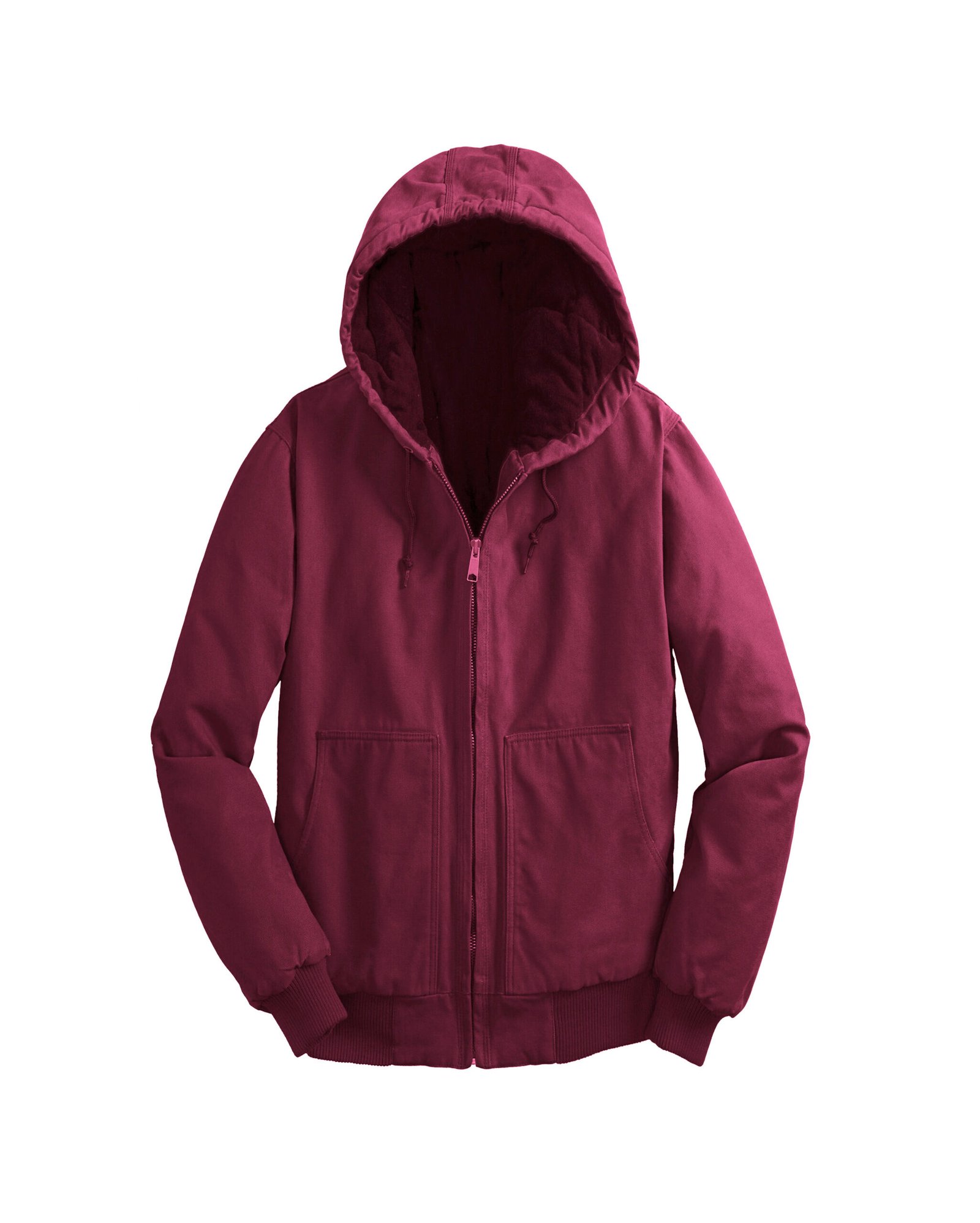
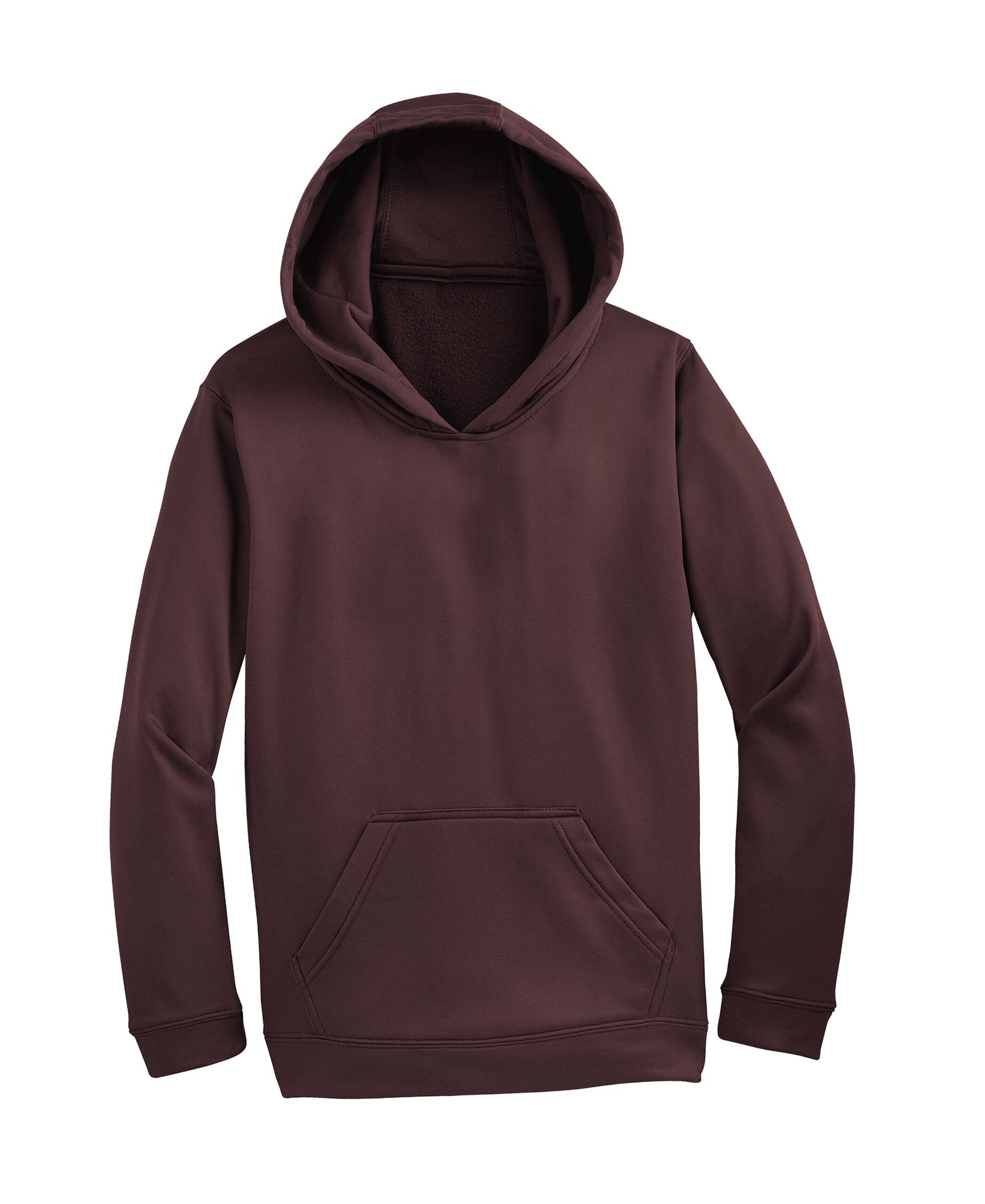


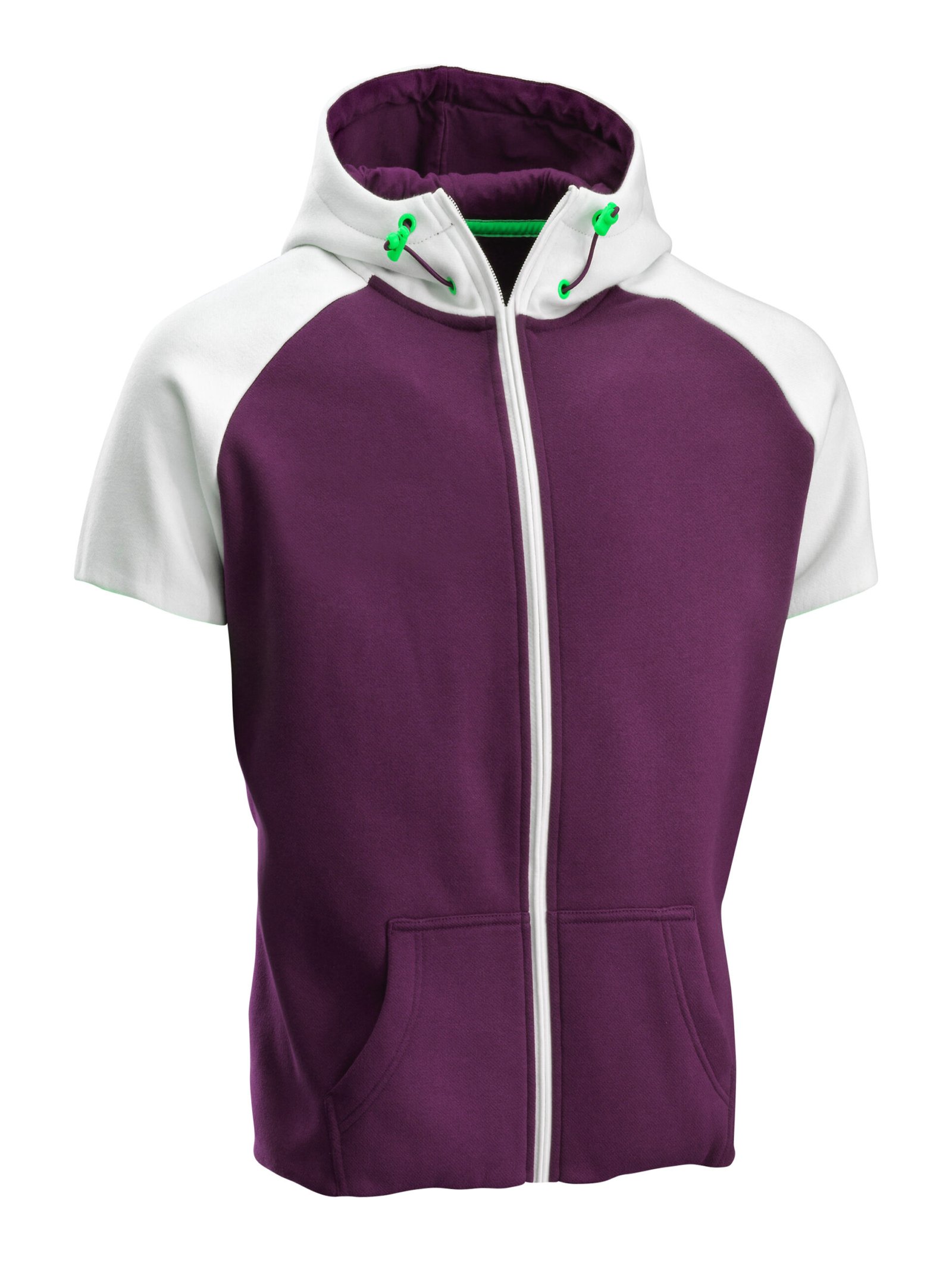
Flannel Jacket
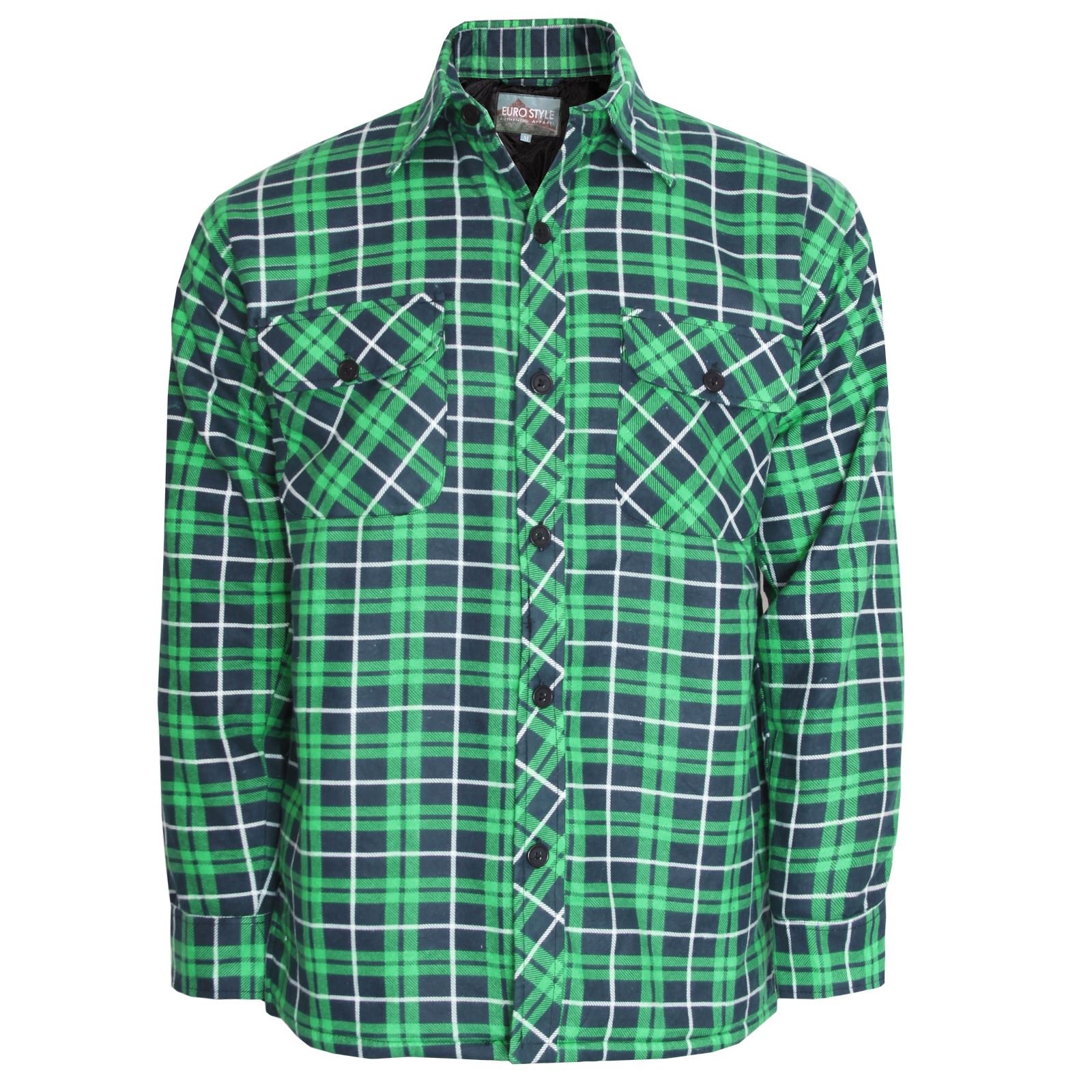
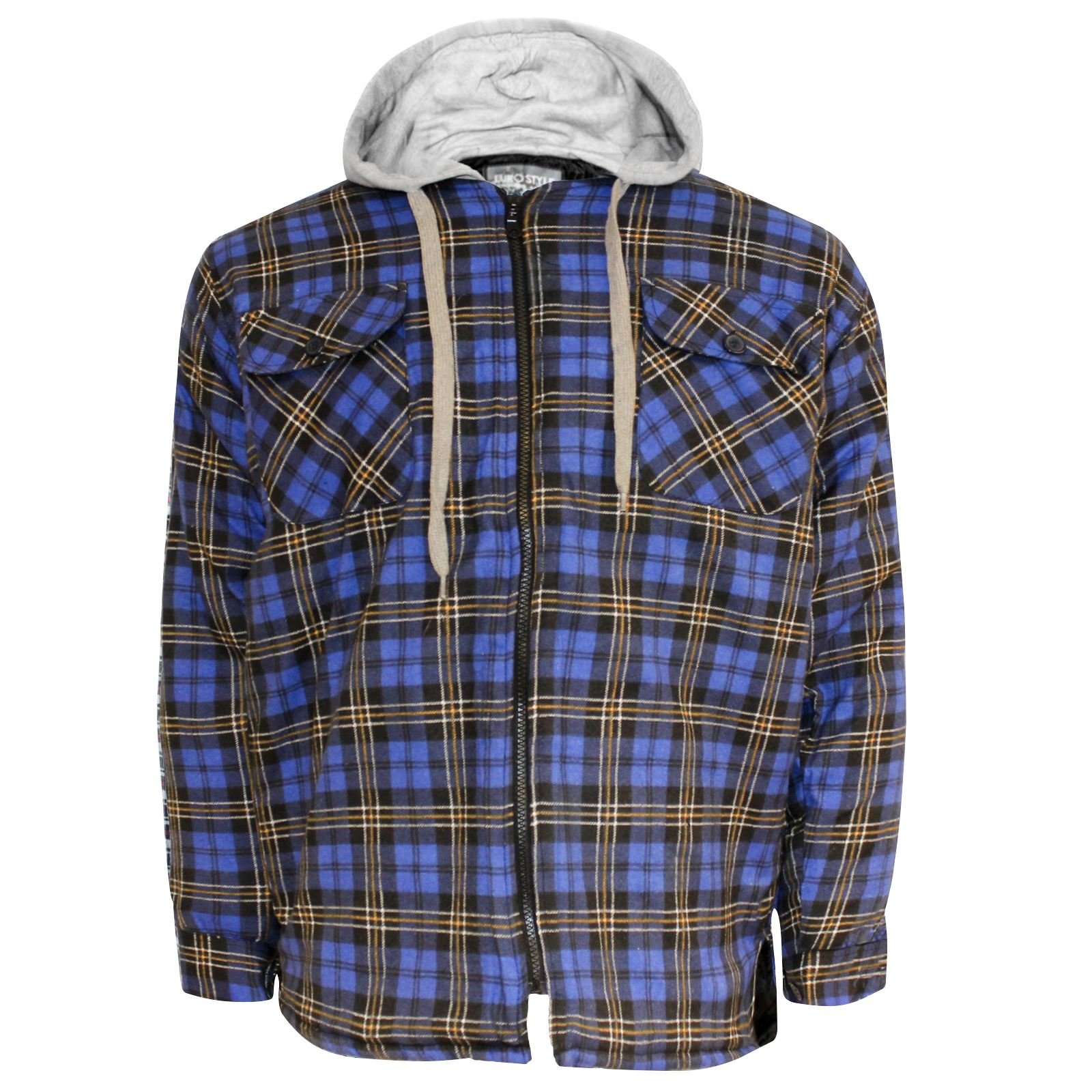
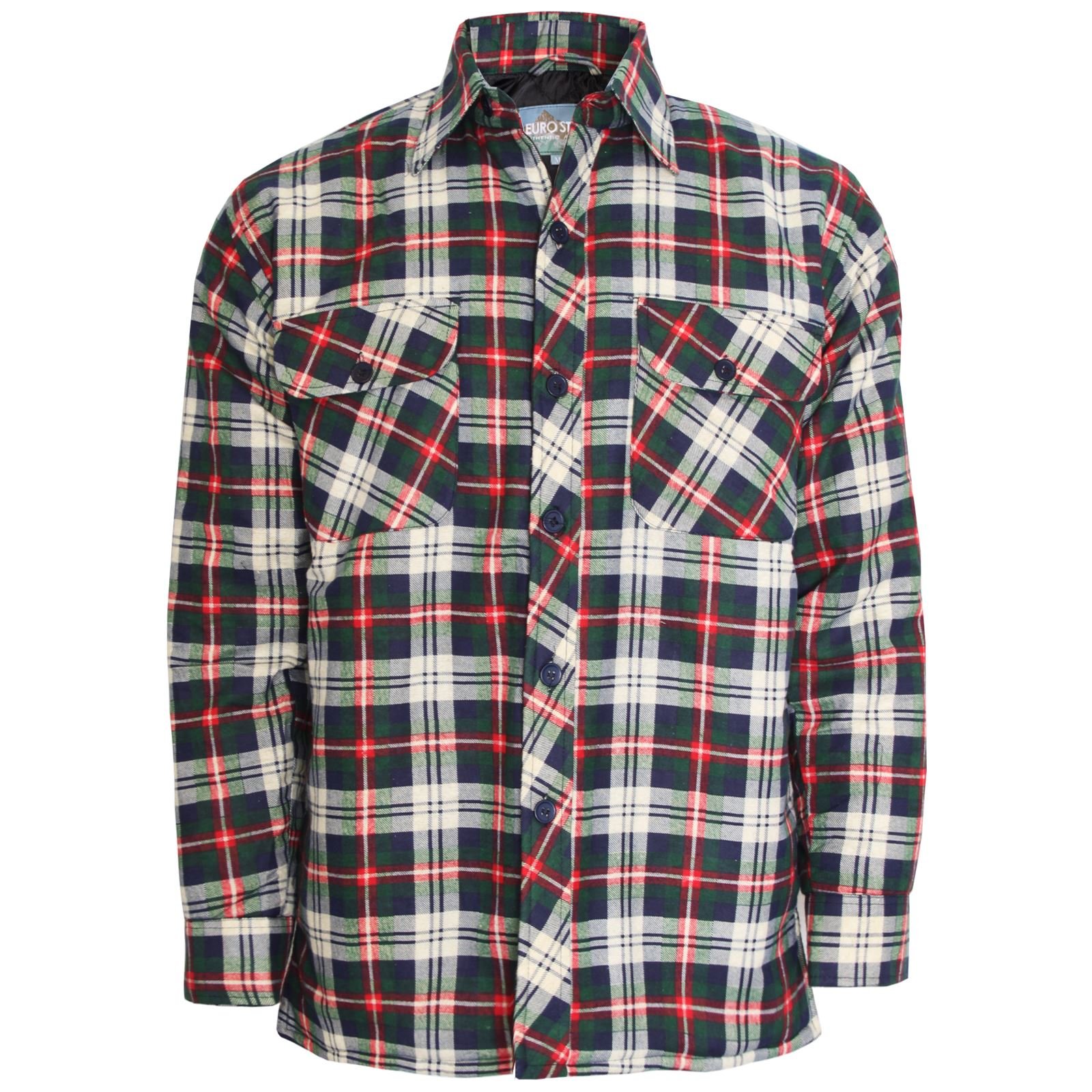
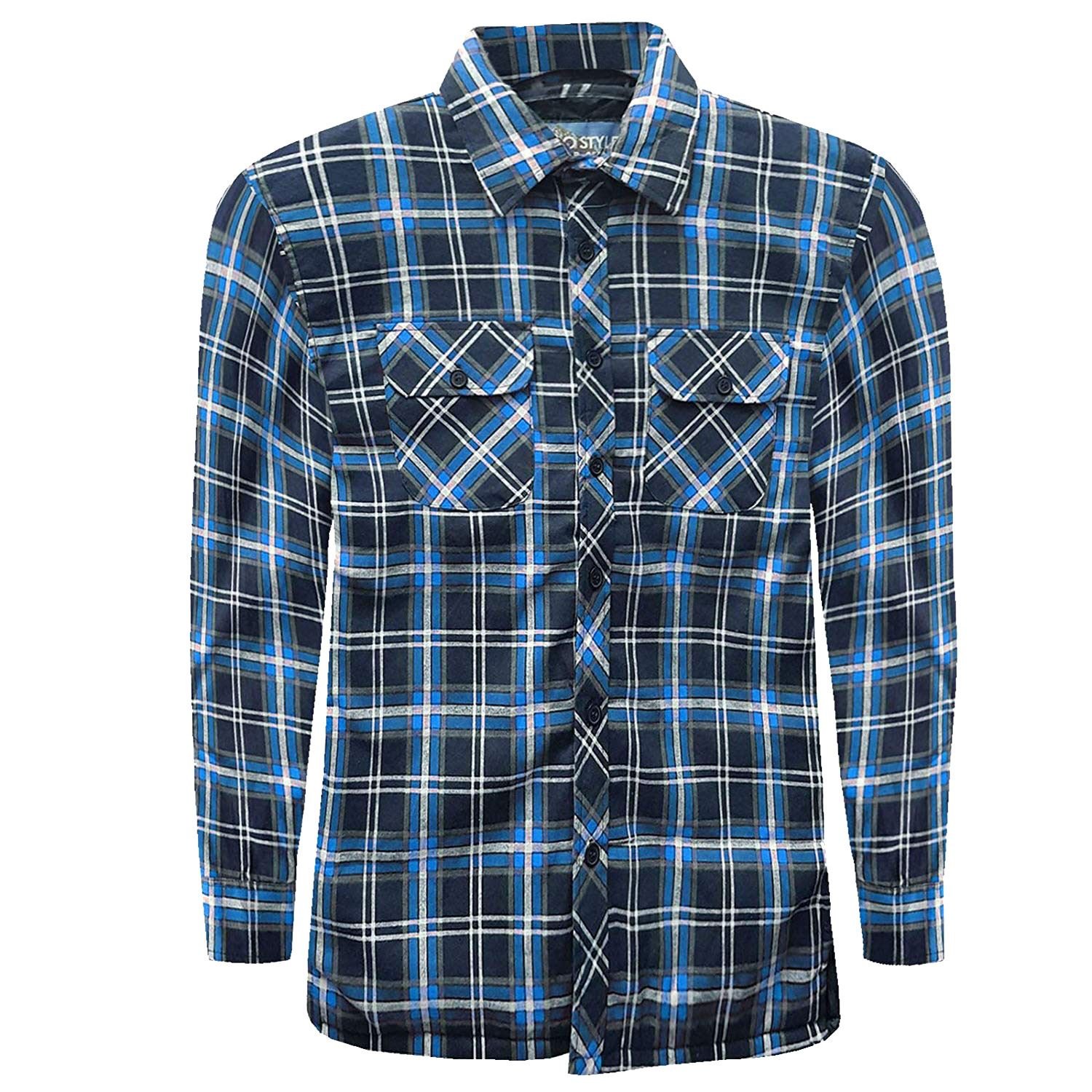
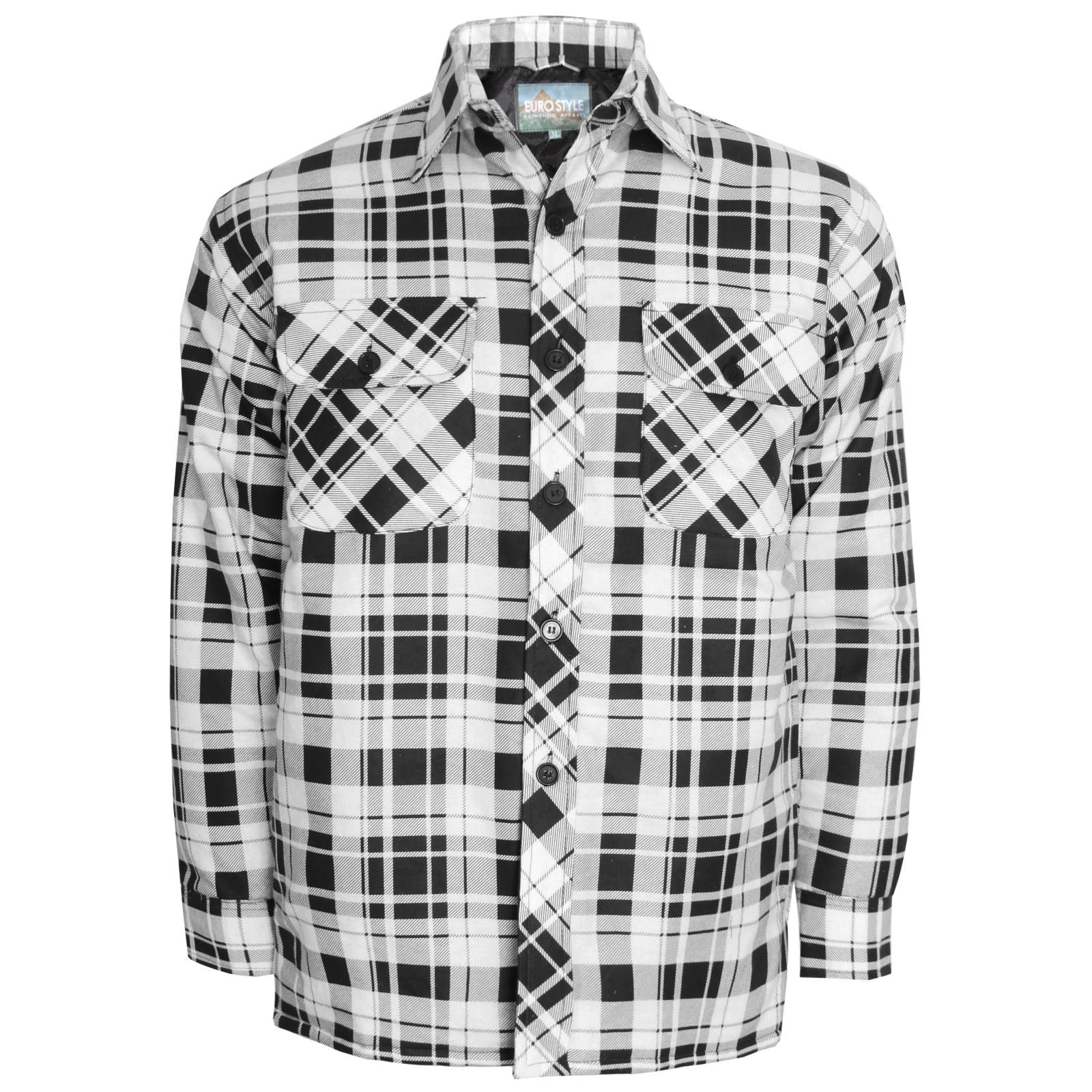
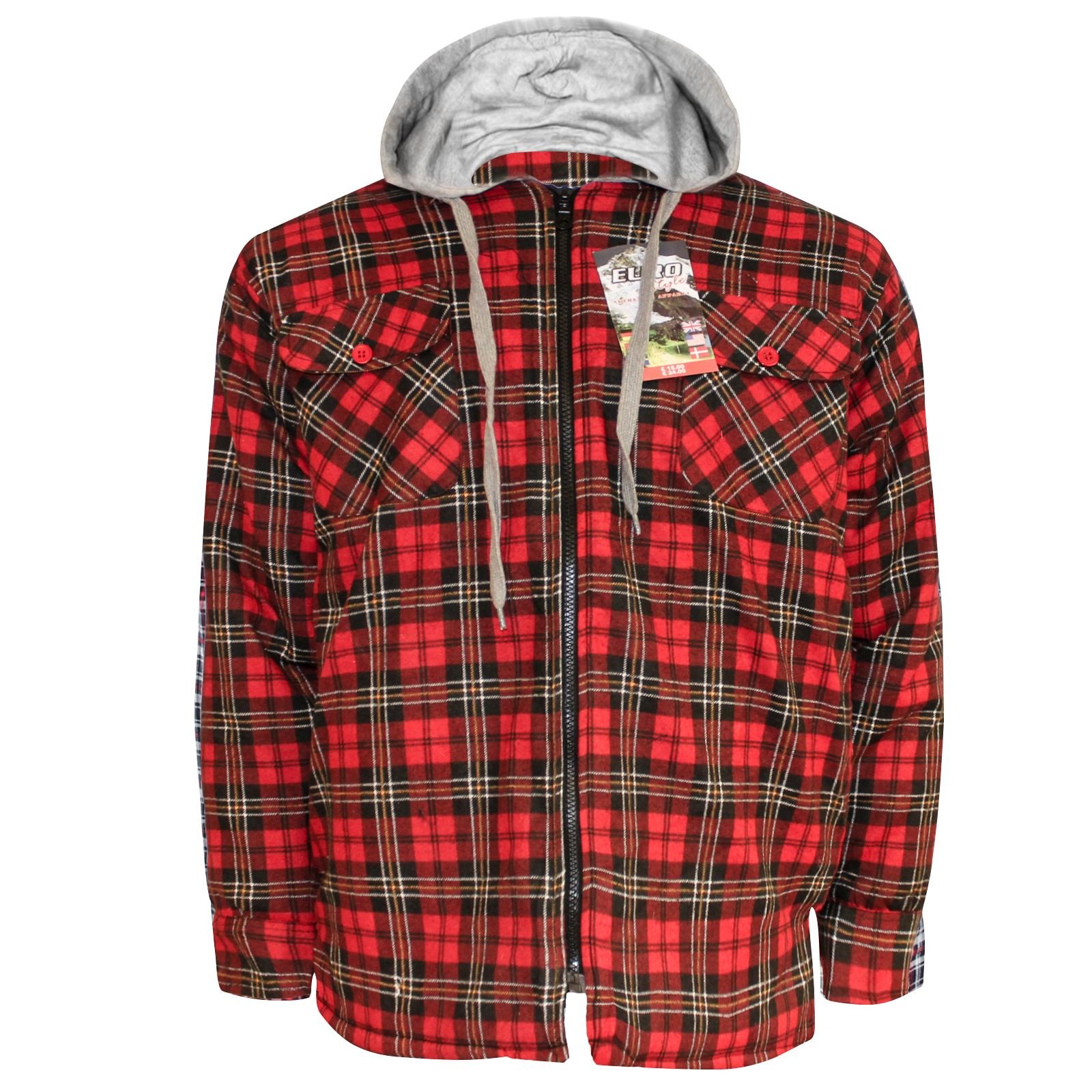
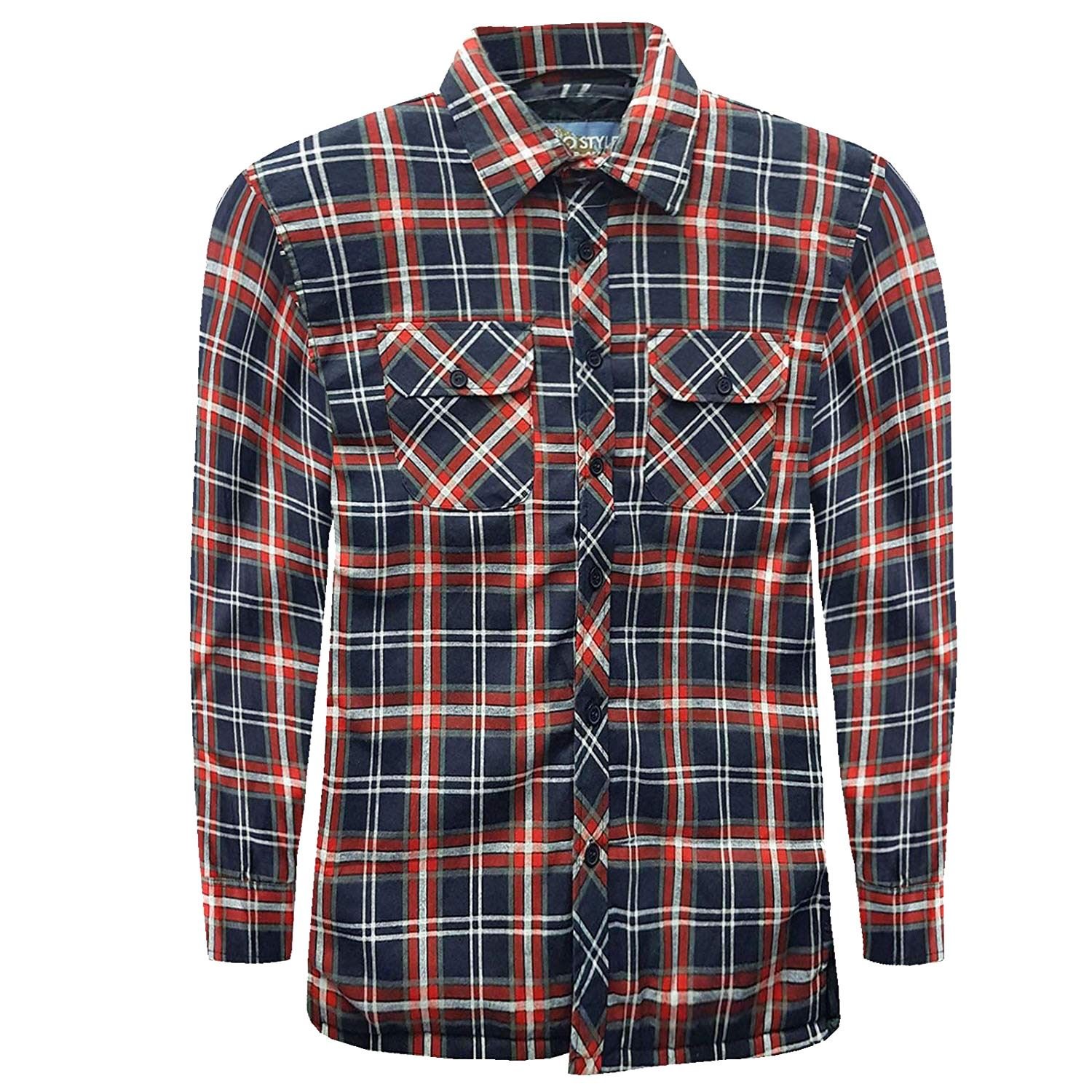
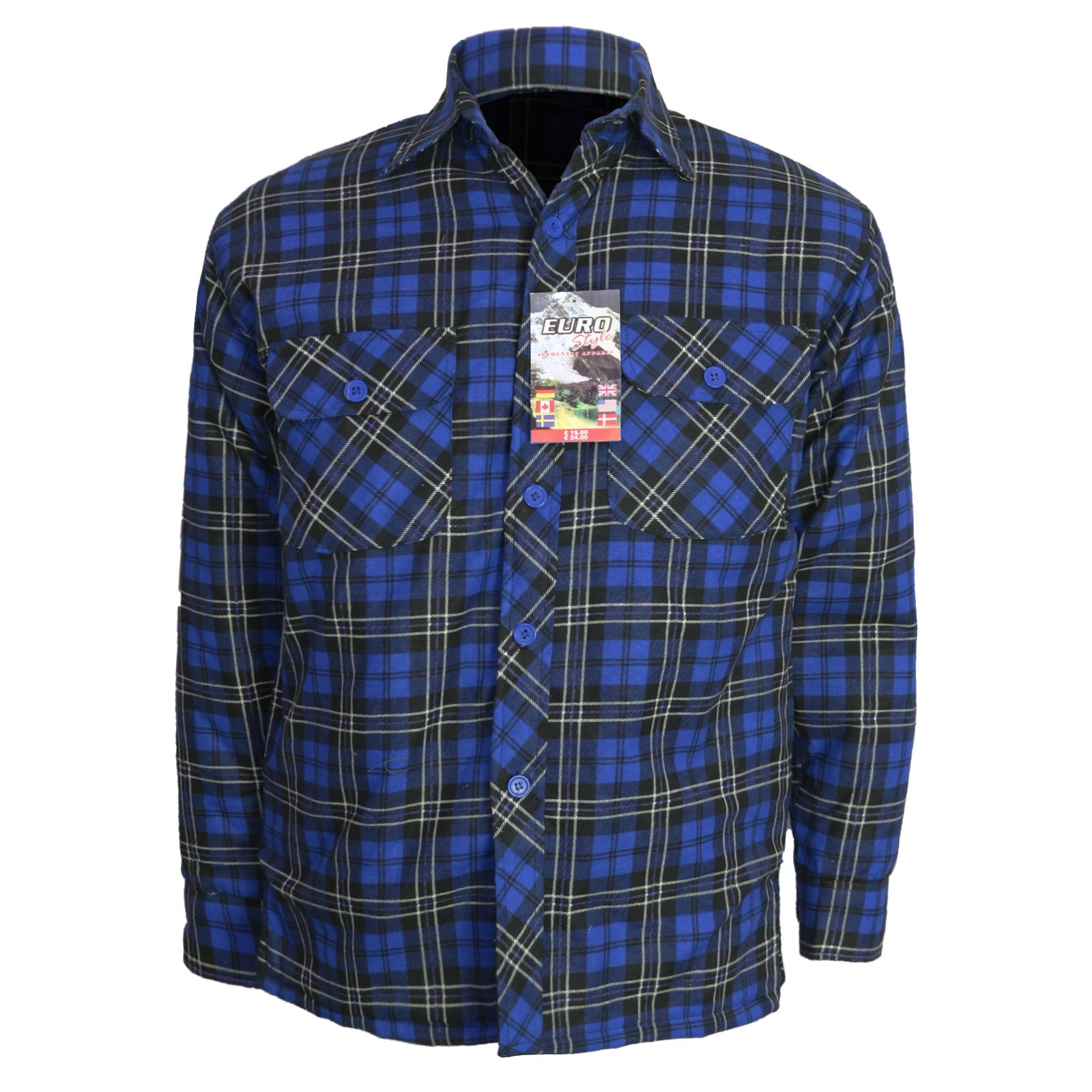
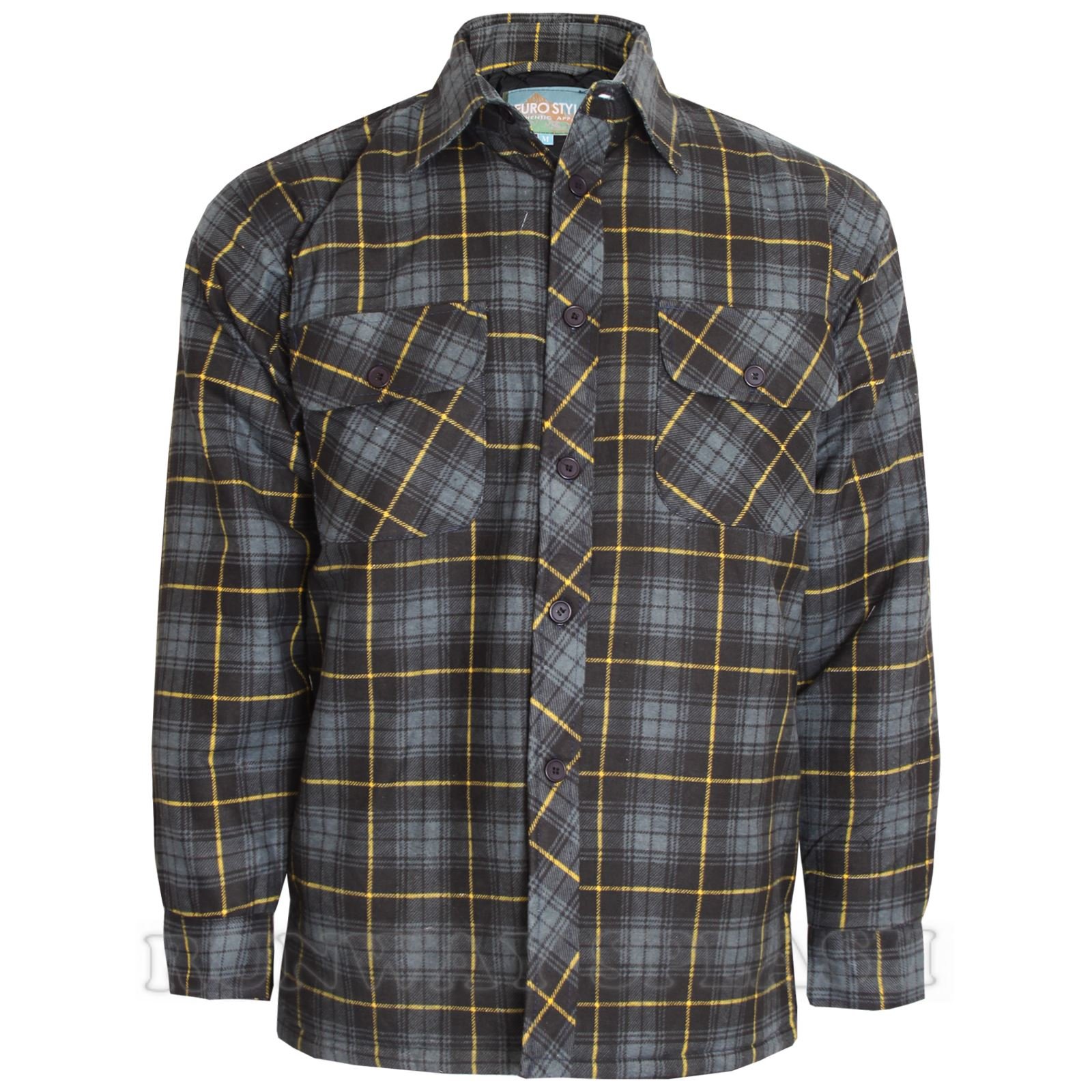
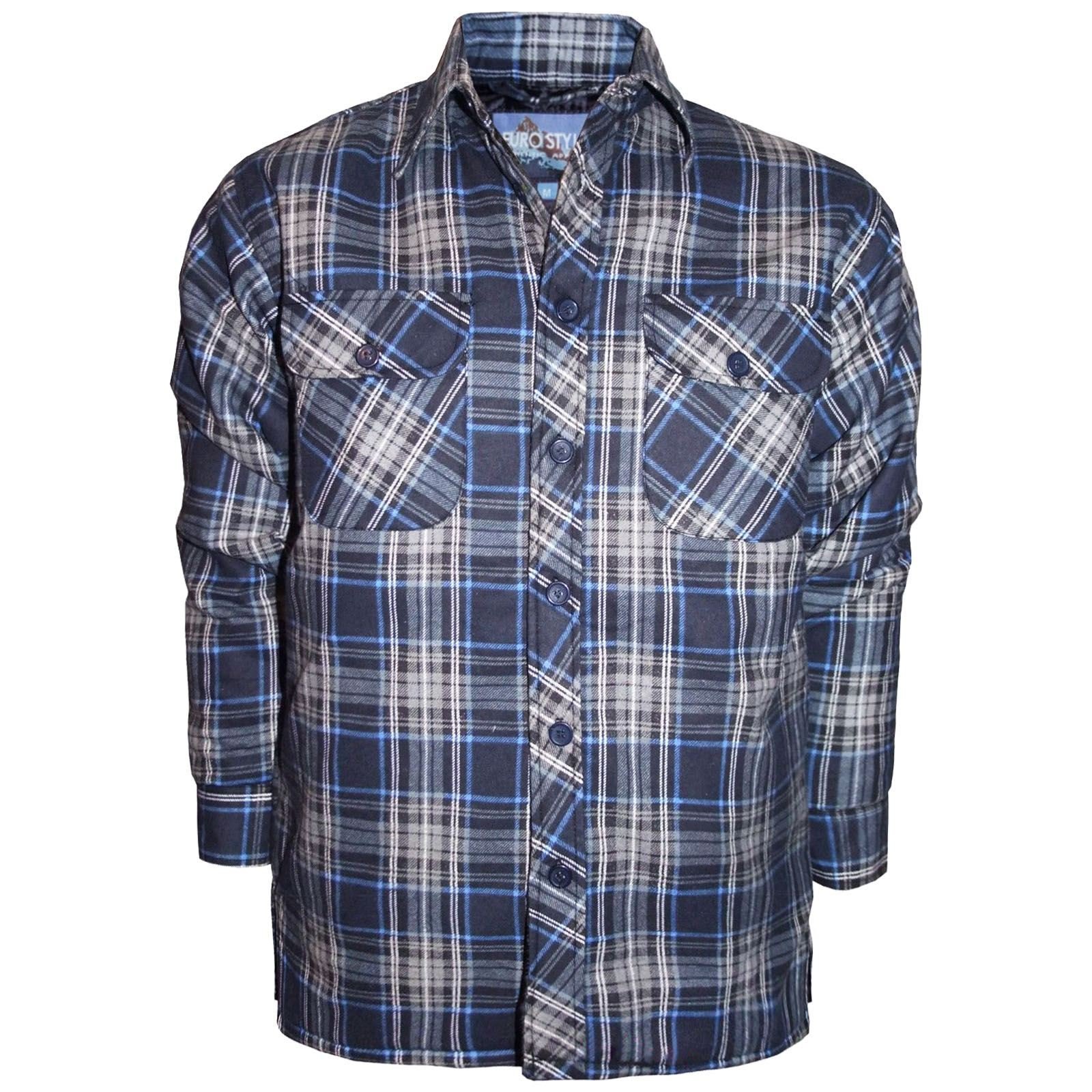

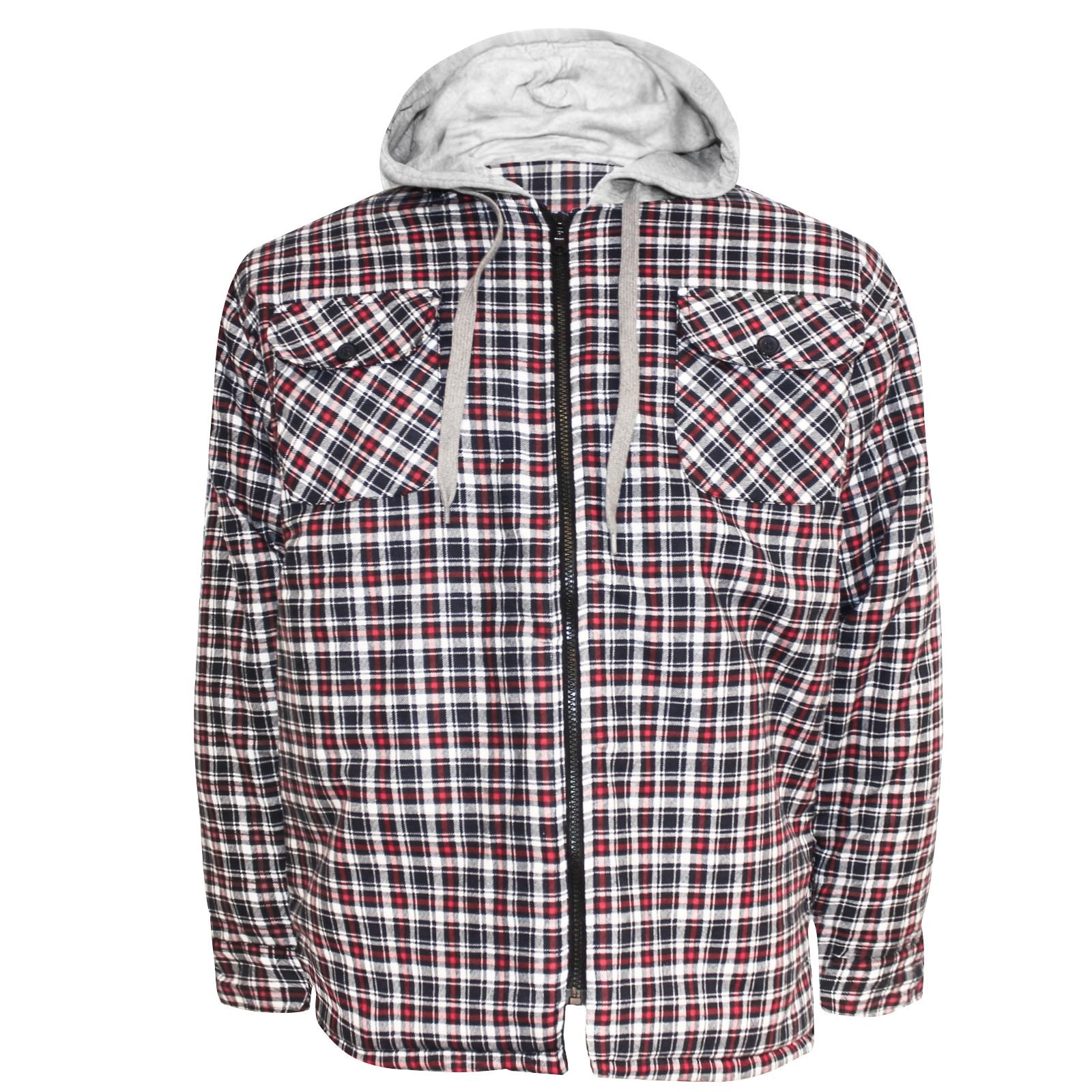

T-Shirts
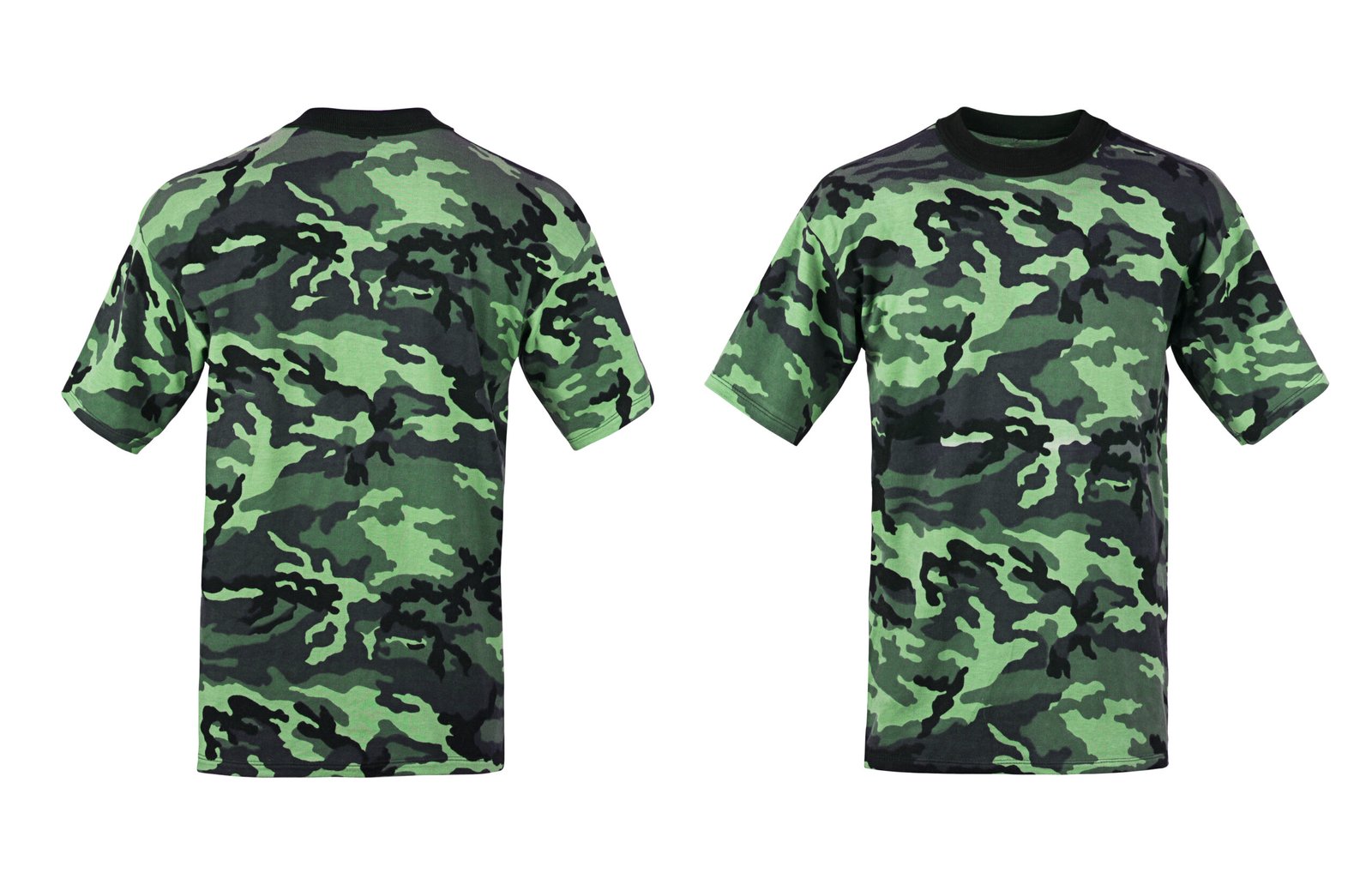
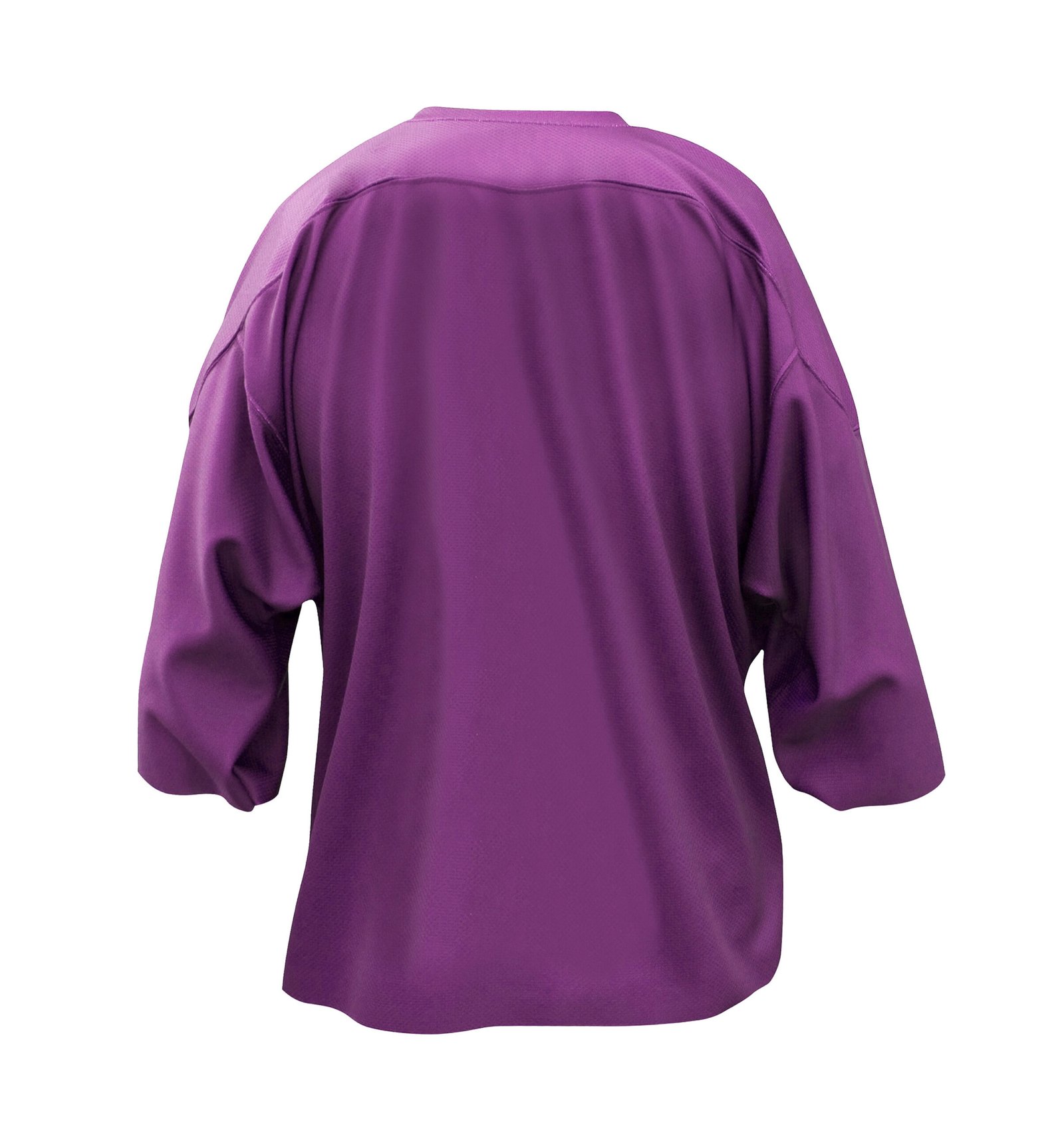
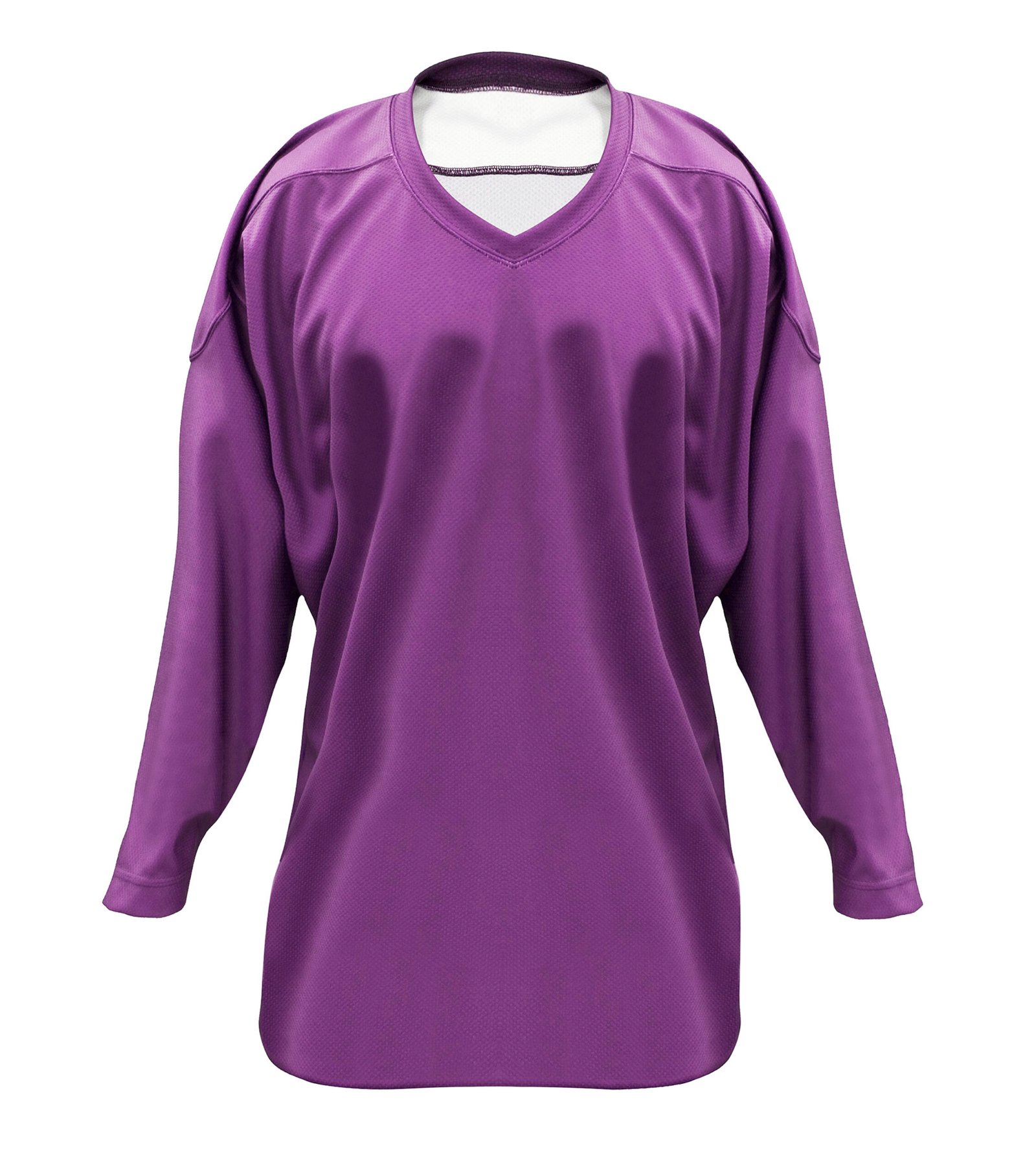
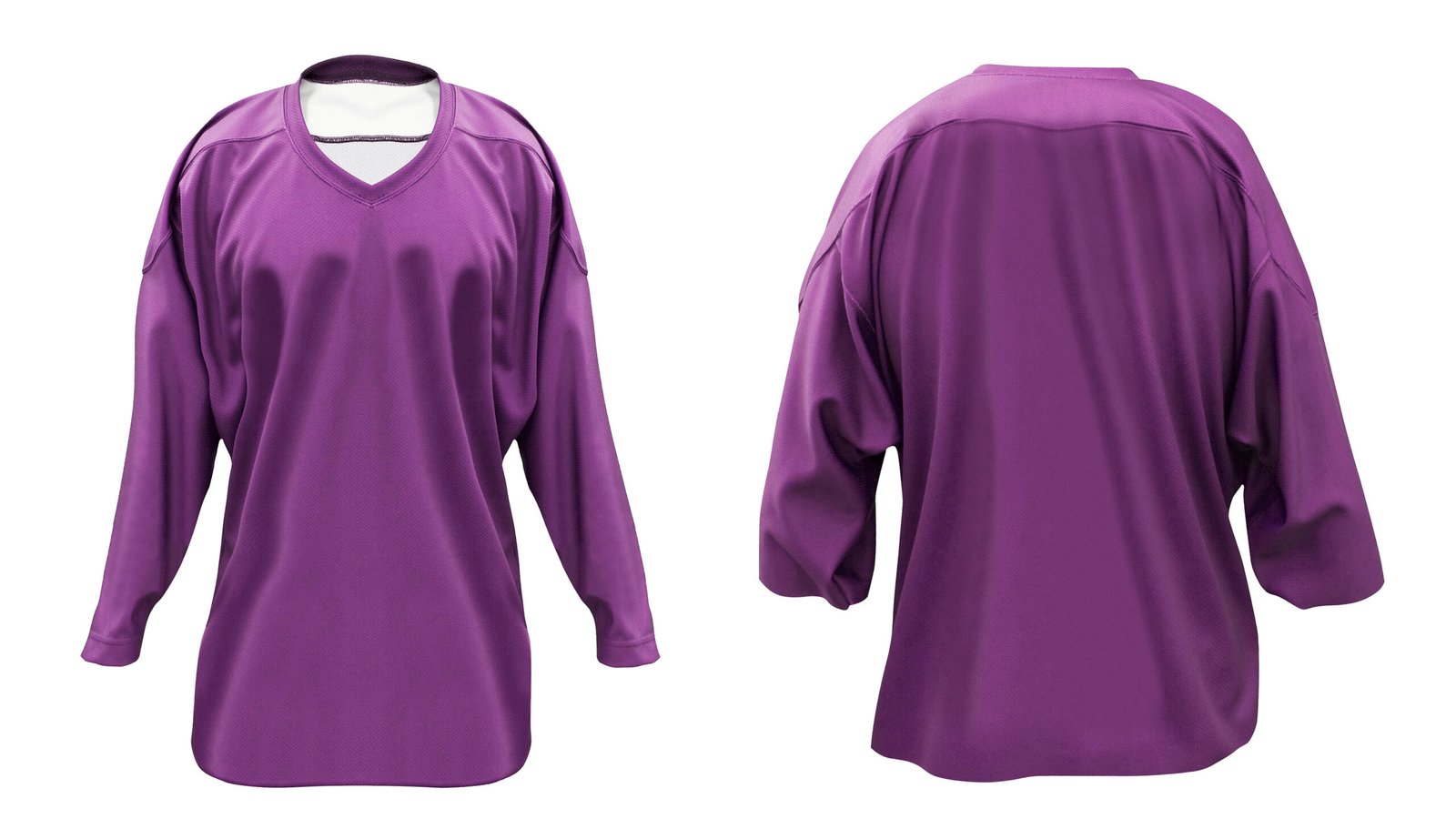
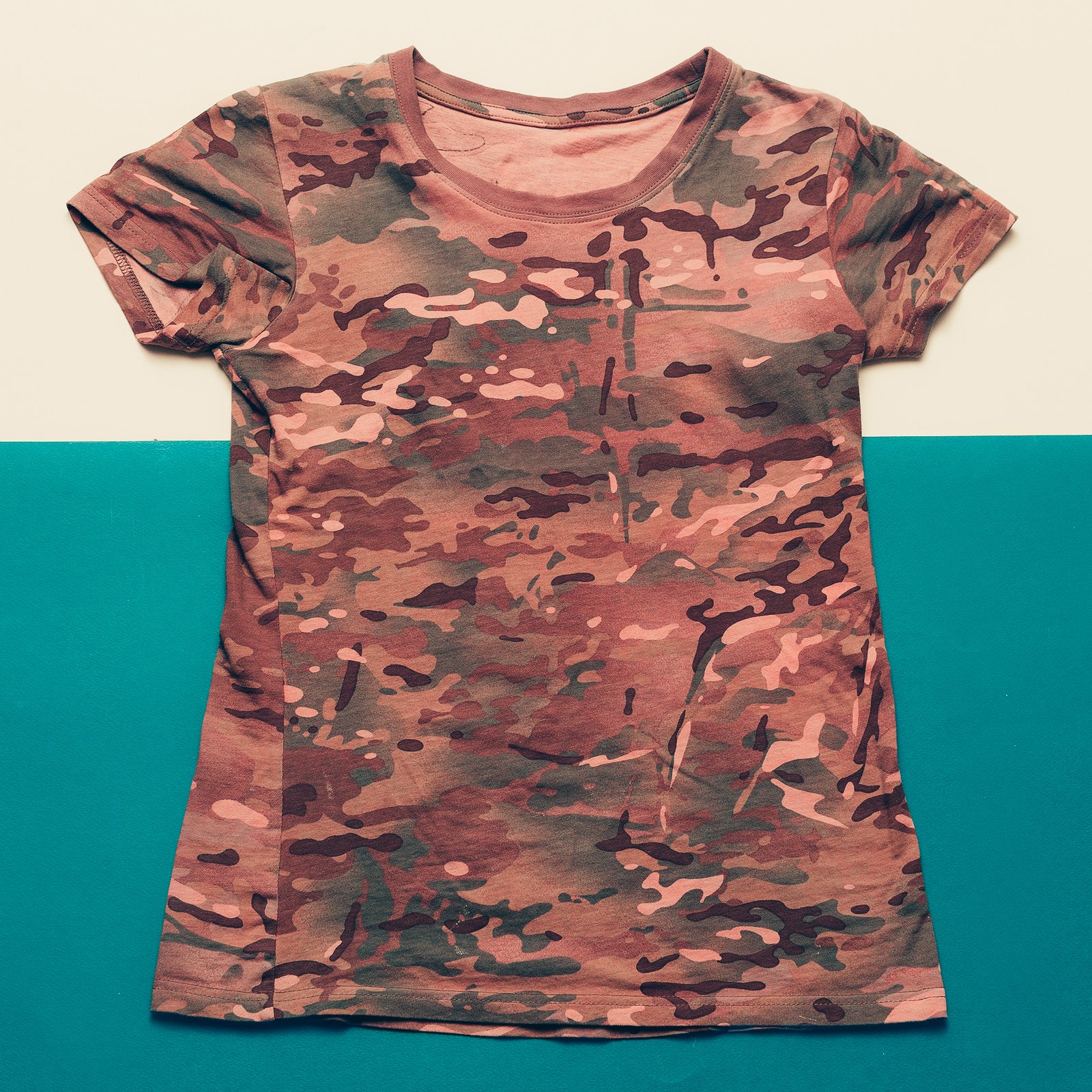
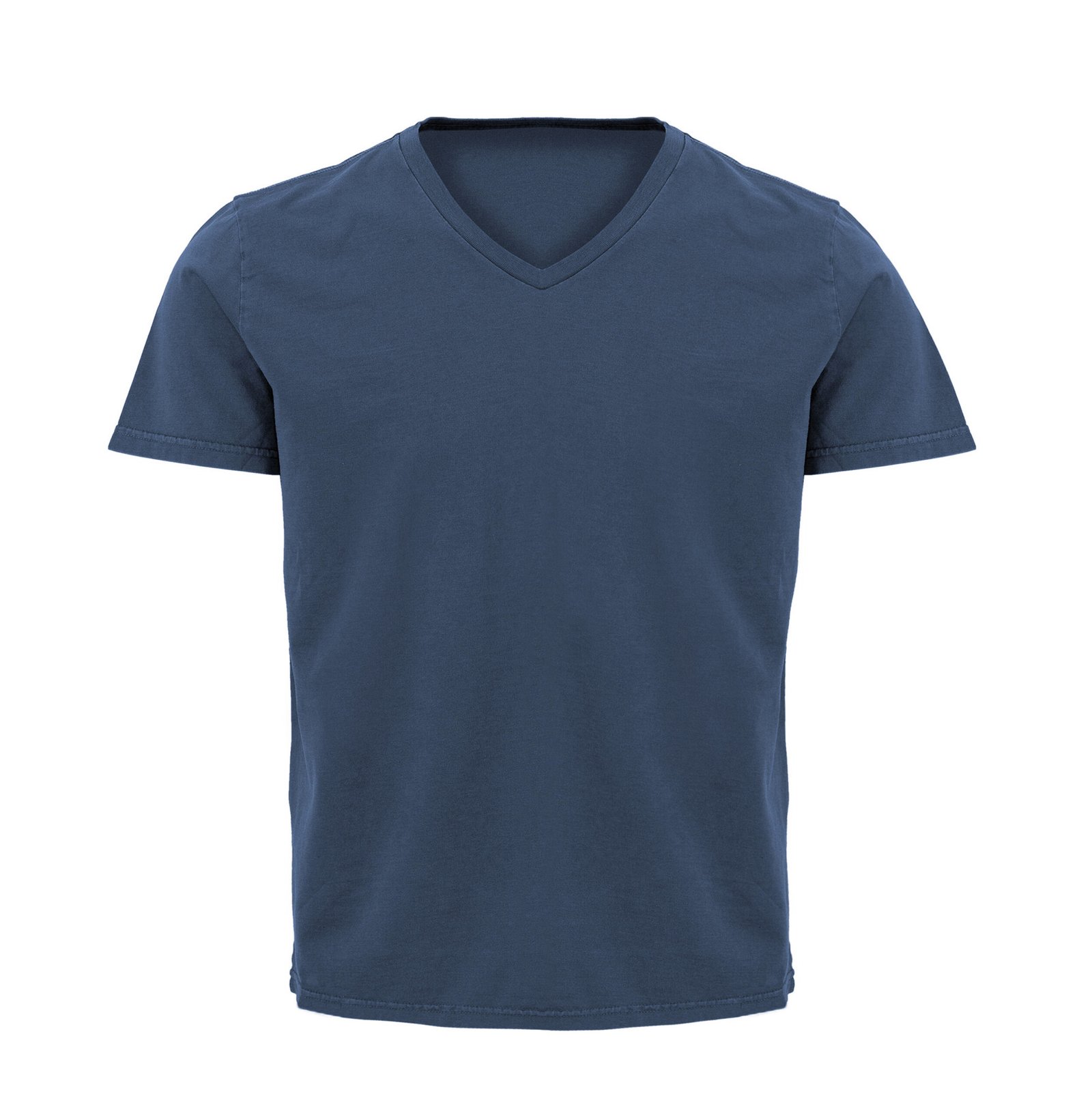
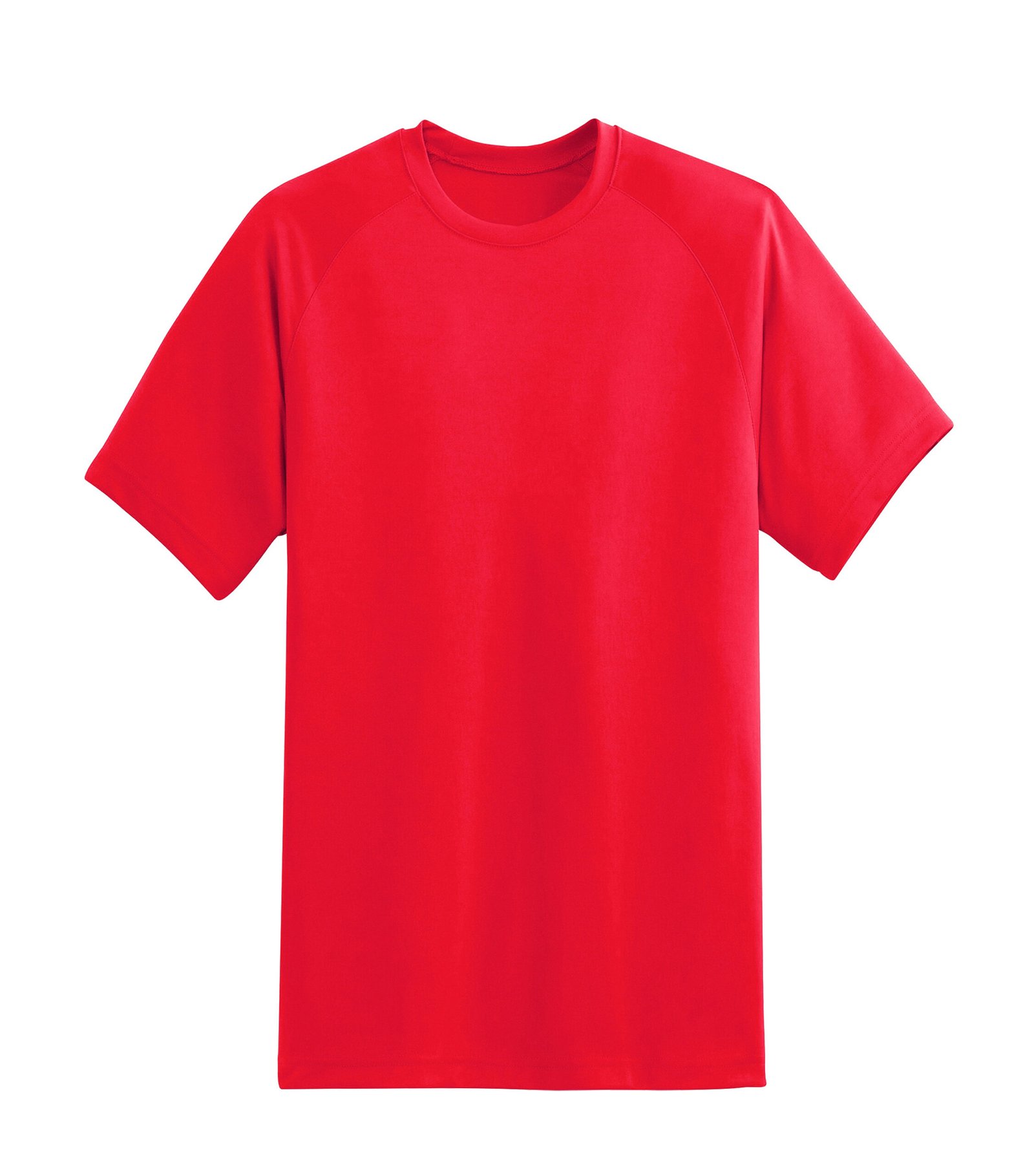
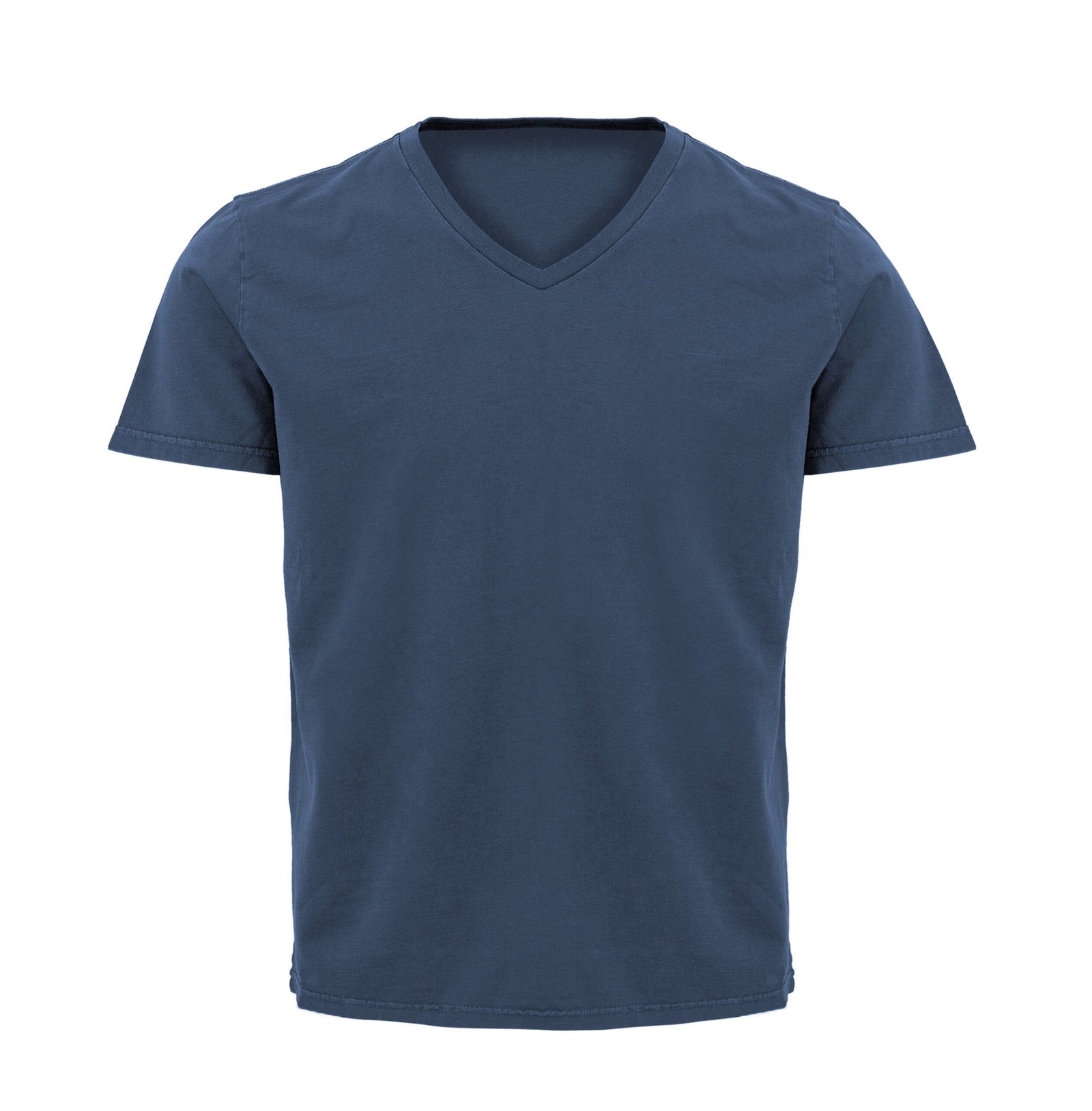
key processes in the garment production cycle
Design and Development
The process begins with the conceptualization and design of the garment. Designers create sketches, select fabrics, and decide on patterns. Prototypes are often produced to assess the design’s feasibility and aesthetics. This phase involves collaboration between designers, pattern makers, and fabric experts.
Pattern Making
Once the design is finalized, patterns are created. Pattern makers develop templates for each component of the garment, ensuring accuracy in cutting and assembly. These patterns serve as guides for cutting fabric pieces to be sewn together. Precision in pattern making is crucial for maintaining consistency in the final product.
Fabric Cutting
After patterns are finalized, the chosen fabric is laid out in layers, and the pattern pieces are carefully cut out. The precision of the cutting process directly influences the quality and fit of the final garment. Modern technologies, such as computerized cutting machines, enhance efficiency and accuracy in this stage.
Sewing and Assembly
The cut fabric pieces are then assembled through sewing. Skilled garment workers operate sewing machines to join the components, following the provided patterns and instructions. This stage requires attention to detail to ensure that the finished garment meets the design specifications and quality standards.
Finishing and Quality Control
After assembly, garments go through finishing processes, which may include pressing, ironing, and adding details such as buttons or zippers. Quality control is conducted at various checkpoints to identify and rectify any defects. Inspections cover stitching, seams, alignment, and overall garment construction to meet the desired quality standards.
Packaging and Shipping
Once garments pass quality control, they are packaged and prepared for shipping. Packaging involves folding, tagging, and labeling each item. Garments are then packed into boxes or containers for distribution to retailers or directly to consumers. Logistics and shipping processes are crucial to ensure that products reach their destination in optimal condition and within specified timelines.
